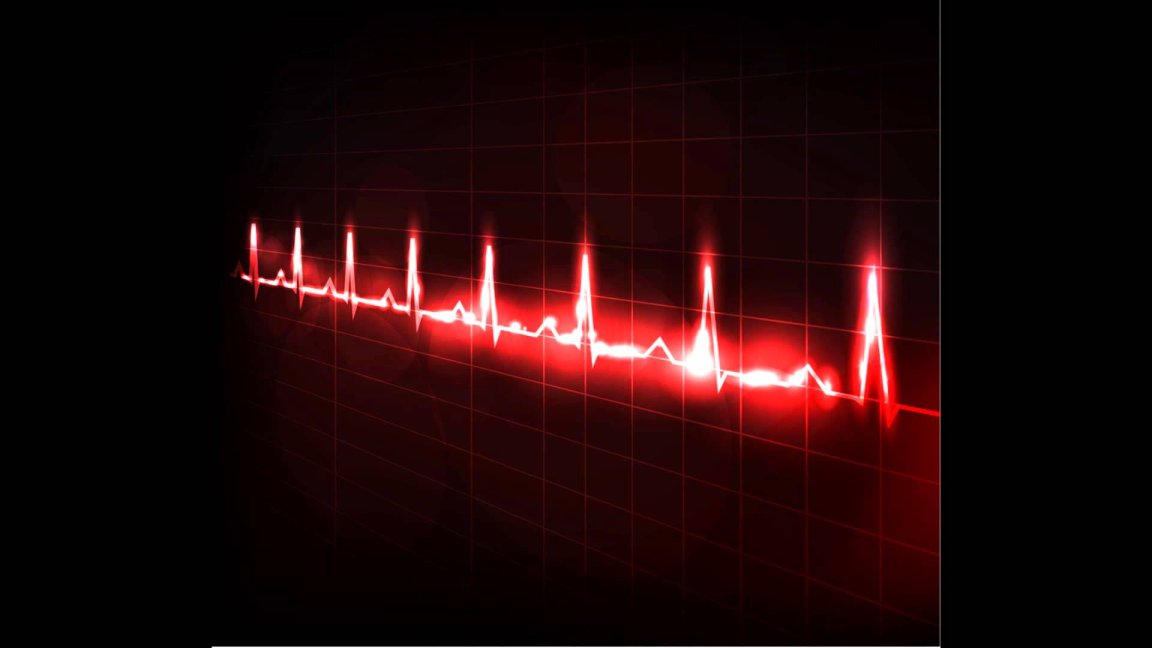
Cardiac Waves
Cells in the heart and brain communicate via electric signals that travel from cell to cell as “excitation waves.” The presence of, say, scars in the heart can slow down a part of the wave, which can cause re-entrant waves that spiral back around. This makes the heart beat dangerously faster, which oftentimes can prove fatal. For heart patients there are currently two options to keep these waves in check. The first option is through electrical devices such as pacemakers, and the second option is through drugs like beta blockers. However although both of these solutions can successfully start or stop waves, neither cannot finely control the wave speed and direction.
Using Light
Scientists from Oxford and Stony Brook University have found a way to control these waves using methods from optogenetics, a biological technique that use light to control cells. A protein called channelrhodopsin that serves as a channel that opens or closes in response to light was delivered to heart cells using gene therapy techniques. Using a computer-controlled light projector, the scientists were able to control the speed, direction, and even the orientation of spirals of the cardiac waves in real time. The results were so positive that prior to this it was thought that this level of precision could only be achieved in computer simulations. The research is still in its infancy, and scientists are still exploring how to alter the heart to be light-sensitized and get the light to direct specifically to the desired locations